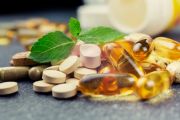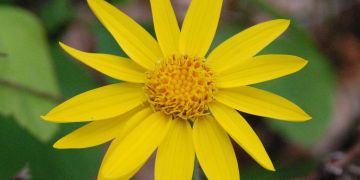Used on unbroken skin to alleviate sprains, muscle pains and dislocations, it is also said to be helpful when painted on unbroken chilblains. Applied promptly, it helps prevent the formation of bruises by stopping the capillaries from bleeding. It works by stimulating the activity of white blood cells which process congested blood, and by dispersing trapped fluids from joints and muscles and bumped and bruised tissue. It also has anti-inflammatory and anti-bacterial qualities and it is these that help to reduce pain and swelling as well as improving wound healing.
Recent trials involving a team of rugby players and a group of mothers with young children compared the efficacy of different bruising treatments.
A variety of bruising treatments were used including anti-oxidant injections, sports compresses, painkillers and vitamin K, which is thought to speed up healing, as well as Arnica cream and pillules.
In virtually all cases, Arnica was the favoured option: while the cream was effective in treating bruises and swelling, the pillules also treat shock and can provide relief faster as there is no need for it to be absorbed through the skin.
Arnica is often taken alongside Vitamin C and bioflavonoids, as both of these further boost the capillaries to withstand knocks.
Adding 15ml of Arnica tincture to a hot water footbath is said to provide relief for tender feet. Arnica tincture applied to the scalp is said to stimulate hair growth.
Although Arnica may be an historical remedy, modern science has showed that the role it plays doesn't just stop with reducing bruises. Increasing evidence suggests that it also may help the body recover from surgery, toothache and even childbirth! Research on dental patients showed that arnica helped to control pain and bleeding after treatment.





